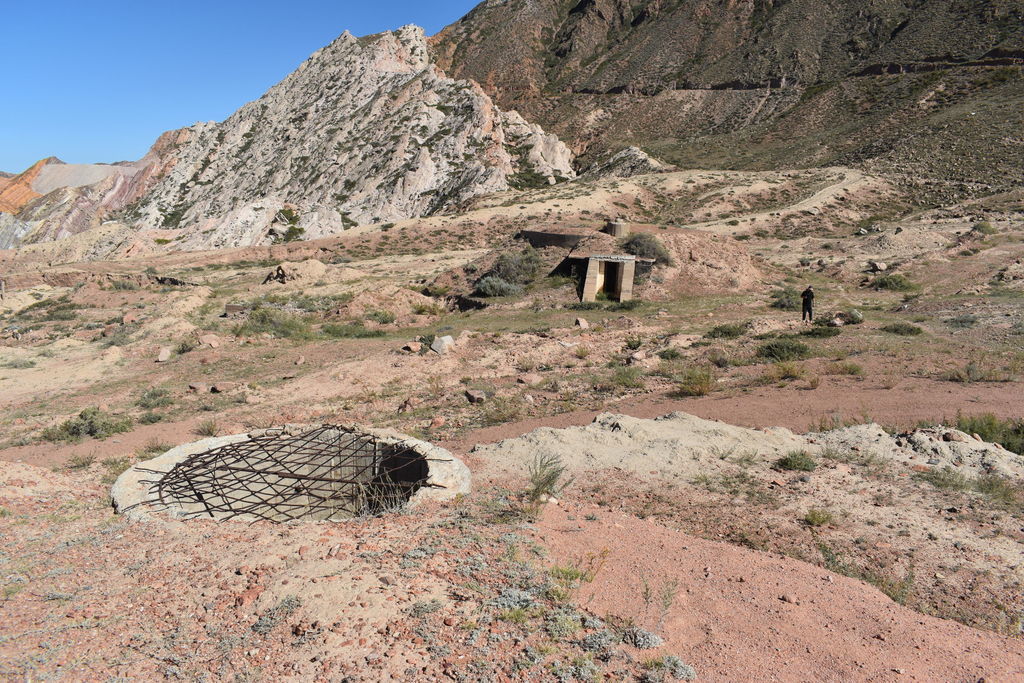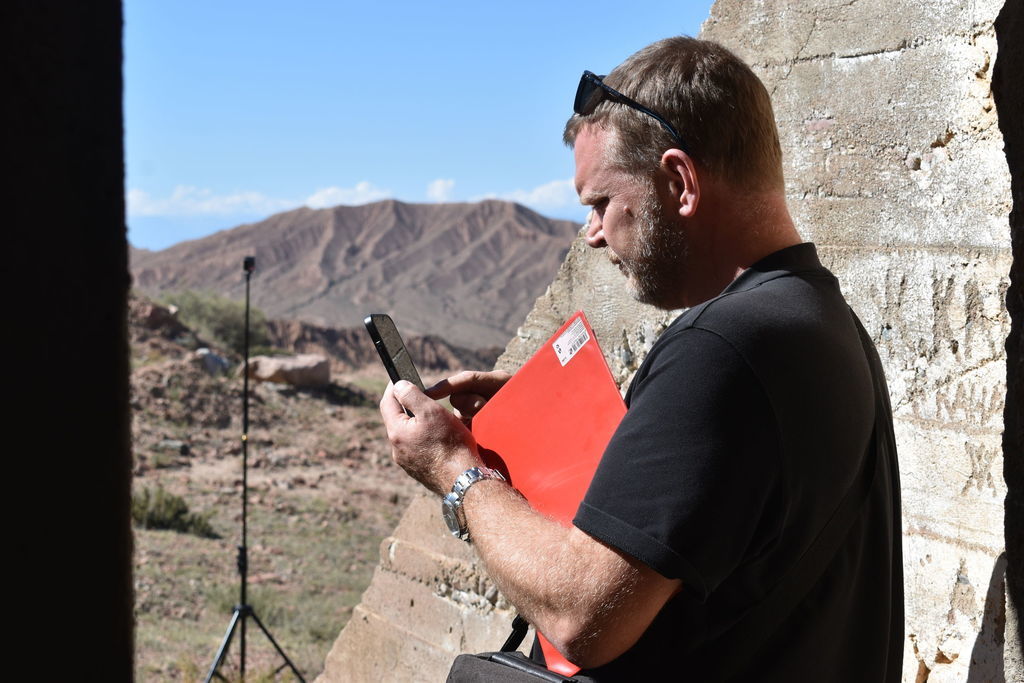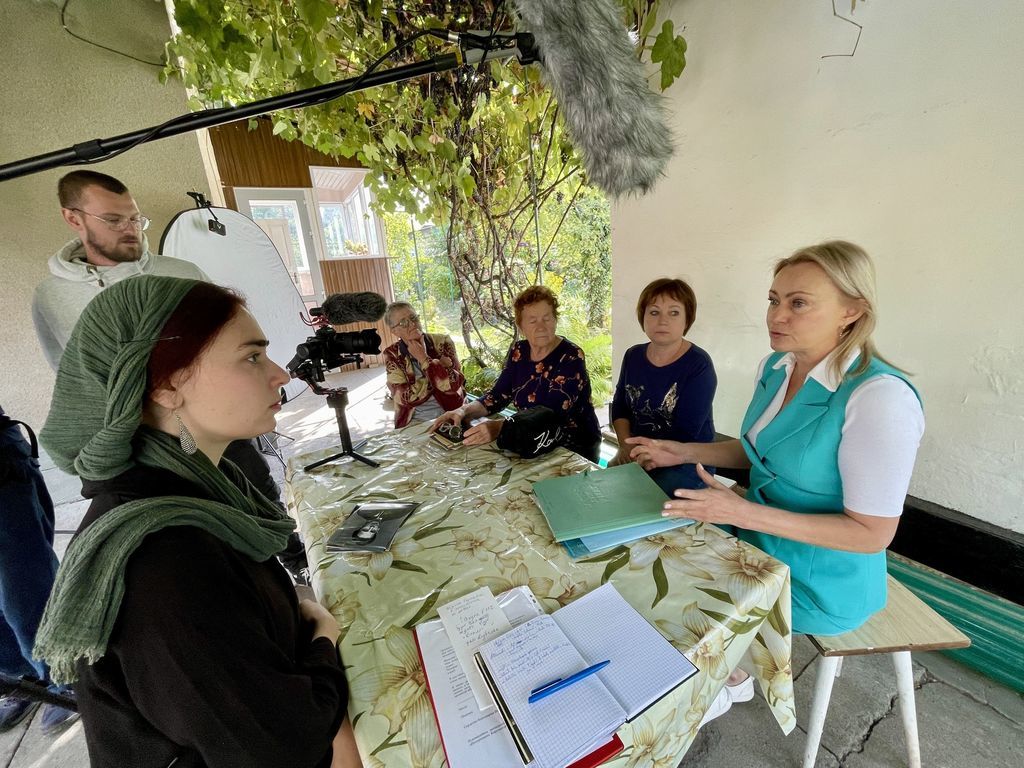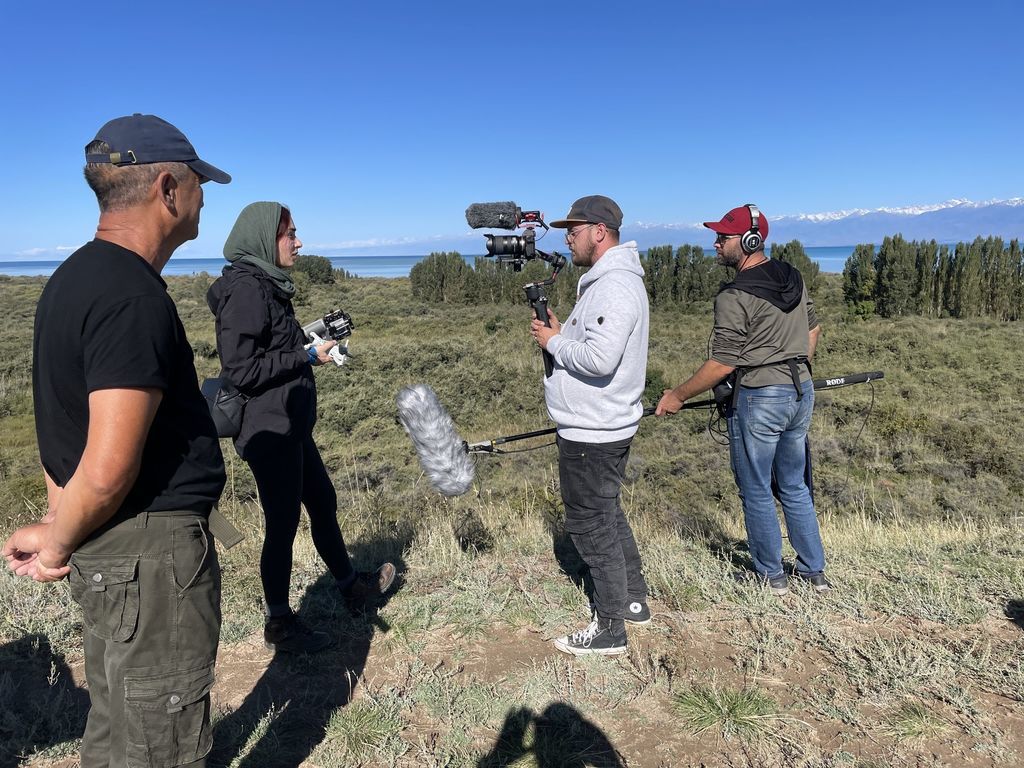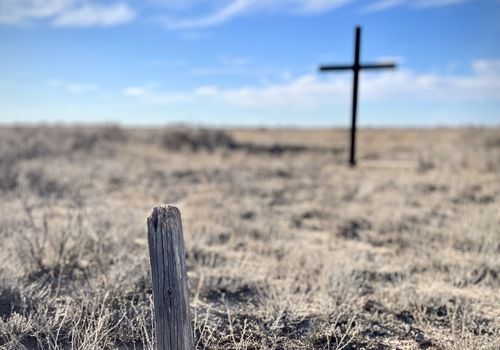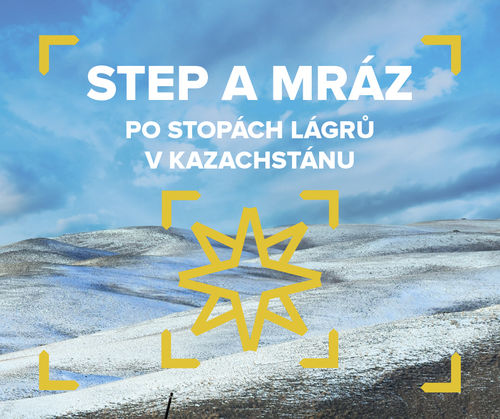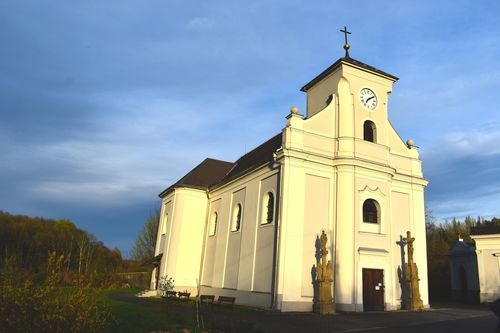We are going on an expedition to Kyrgyzstan following the footsteps of Soviet repression and the Czechoslovak commune Interhelpo on the occasion of the 100th anniversary of its founding.
In the spring of 1925, hundreds of our compatriots traveled thousands of kilometers to the distant steppes of Kyrgyzstan in the foothills of the Tyan Shan to found the utopian cooperative Interhelpo. In a backward corner of the Soviet empire, they built workshops, factories, brickworks, sugar factories, and at one time the cooperative even produced a fifth of Kyrgyzstan's GDP. However, the success was cruelly bought by illnesses, the deaths of their children and the growing Stalinist terror, whose executioners murdered 20 cooperative members.
As a result, the Interhelpo cooperative was absorbed by the Soviet state, and most of its founders scattered around the USSR or returned home. However, many traces were left by Interhelpo right on the spot. And it is precisely these remains that a new expedition of the organization Gulag.cz is setting out to map on the hundredth anniversary of the founding of the commune.
Do you have or have you had a relative in your family who went through Interhelp or another Czechoslovak cooperative in the USSR?
Would you like to share such a story with us? We will be grateful. Become part of a story mapping the dark Soviet past!
Contact us at [email protected] or +420 725 787 527.
"We will focus primarily on the topic of Soviet repression. More than two dozen Czechs and Slovaks from Interhelp were arrested under Stalin and many of them executed on the spot. Where did that happen? What do Kyrgyz archives hide? What is the memory of Soviet terror in Kyrgyzstan? Were the Gulag camps also located there? We will find out and document all of this during our expedition in September 2024," says the head of the expedition and chairman of Gulag.cz Štěpán Černoušek.
The result will be a special web project as well as a documentary film, which should premiere on the centenary of Interhelp in April 2025.
The expedition will examine the history of Interhelp directly on the spot in Kyrgyzstan, the memory of places and the memory of people. Czechoslovak settlers (among them Czechs, Slovaks, Hungarians, Germans and Ruthenians) contributed significantly to the appearance of the growing Kyrgyz capital Frunze, today Bishkek (and Pishpek at the time of the settlers' arrival). What has survived from that time, how do people live today in the original houses where, for example, Alexander Dubček grew up, what do local residents think of Interhelp and do his descendants still live here? The Gulag.cz expedition will look for answers to that as well.
Interhelpo was the largest Czechoslovak commune in the Soviet Union, these cooperatives were founded by enthusiastic communists, workers and people who lost their jobs at home. Many of them very quickly lost their illusions and ideals on the spot and turned back. Others, however, stayed, some regretted, others felt proud. Some were crushed by the brutal Soviet regime, some joined Czechoslovak Ludvik Svoboda's army during the WWII. There were a lot of fates and we will be grateful if anyone comes forward who would bring us closer to any of them and thus help to expand our research.
.jpg)
.jpg)
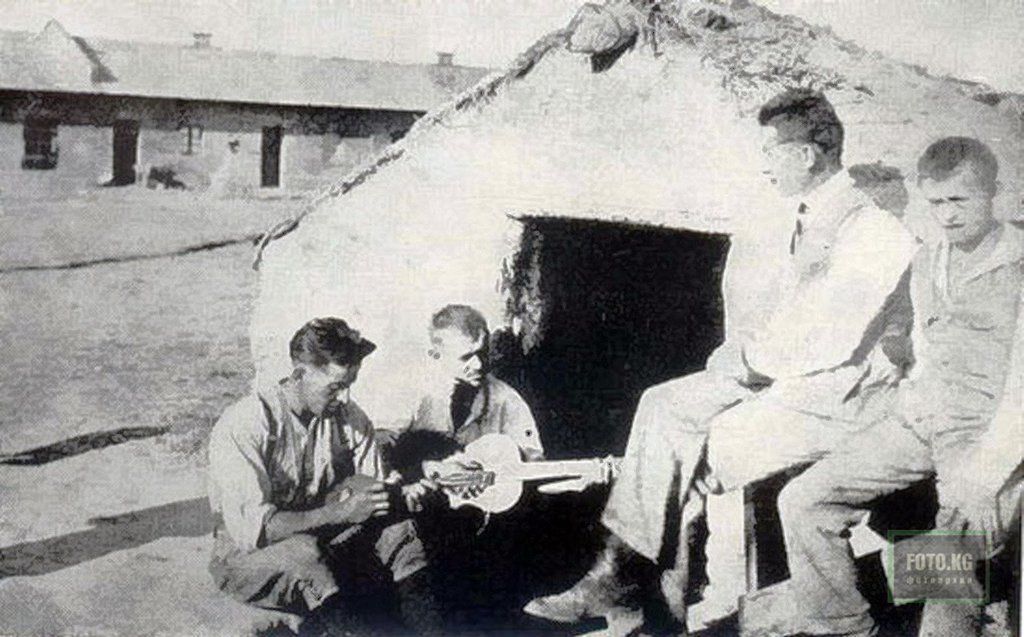
.jpg)

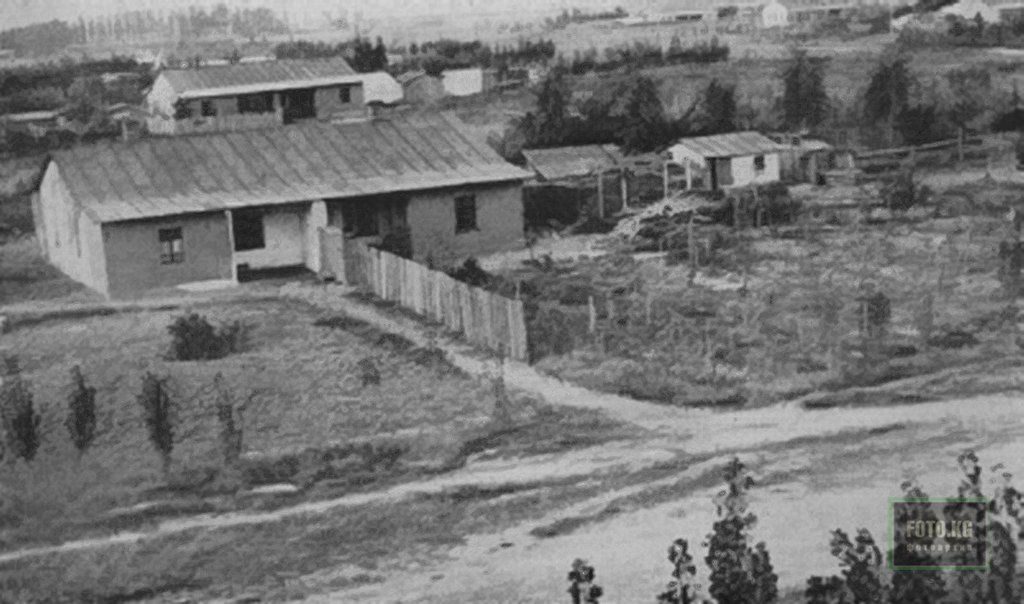

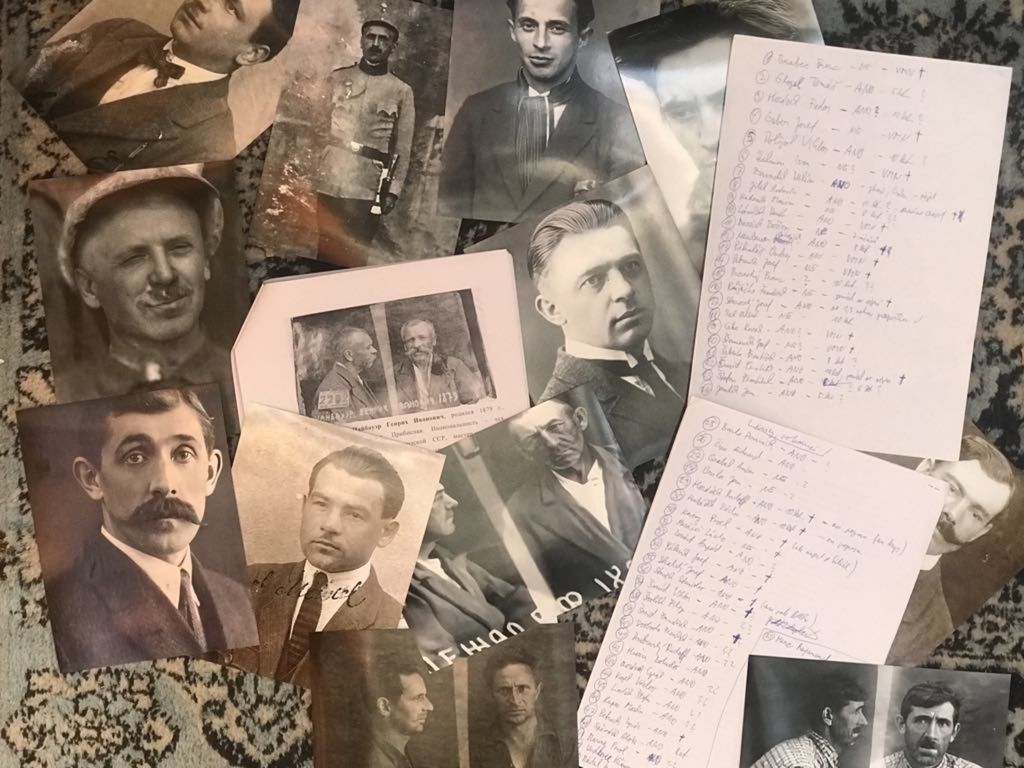
.jpg)
.jpg)
.jpg)
